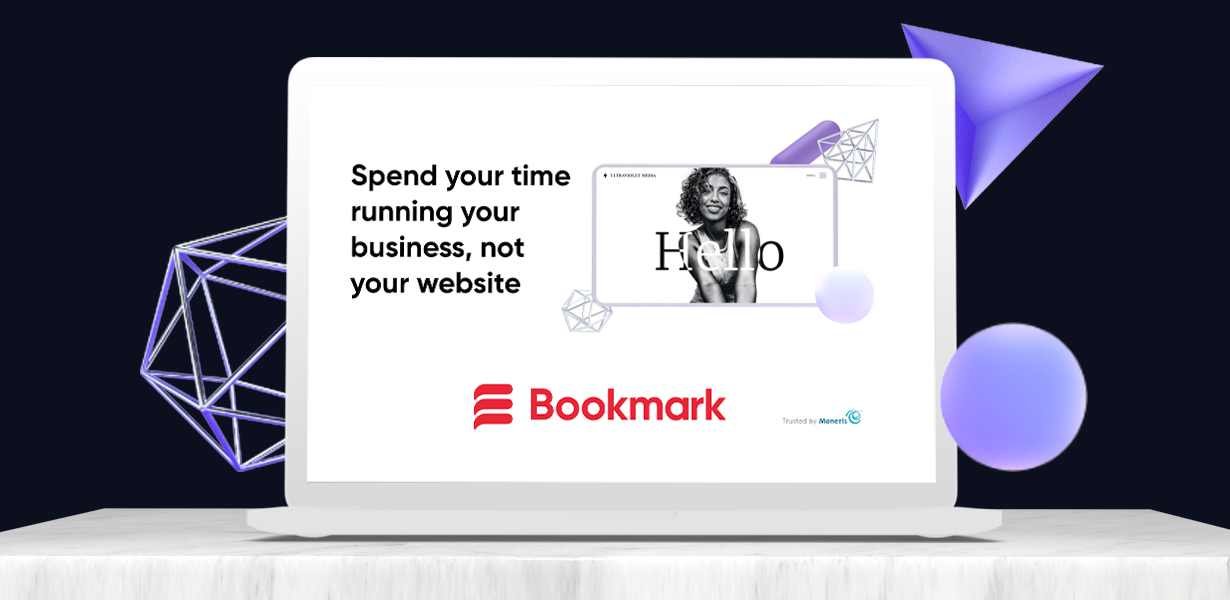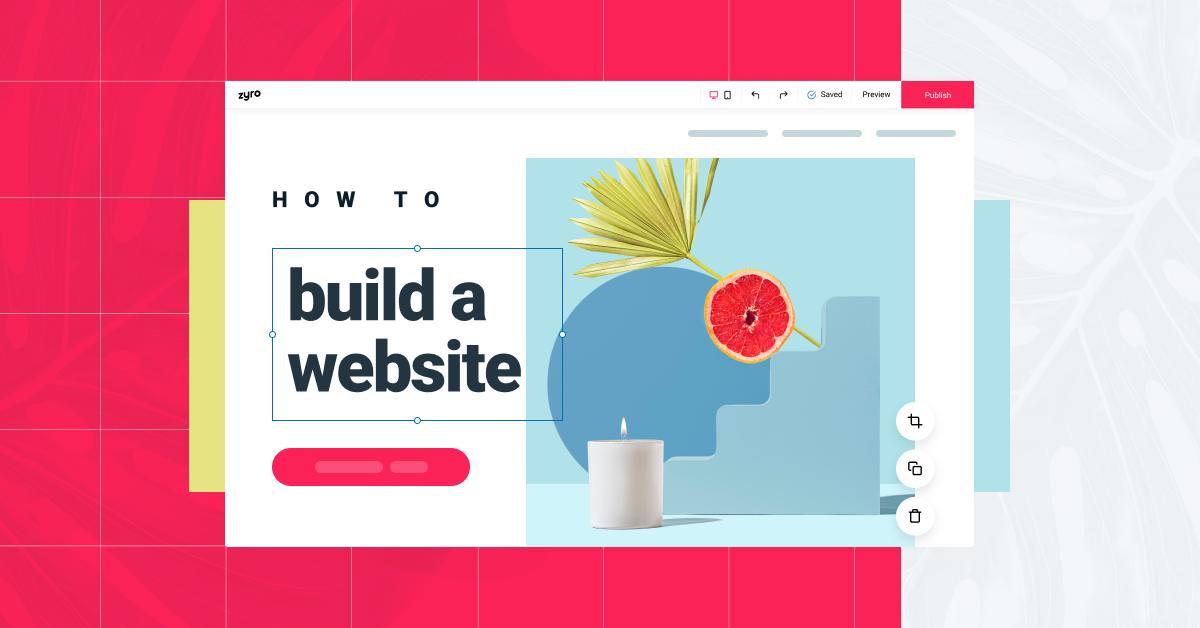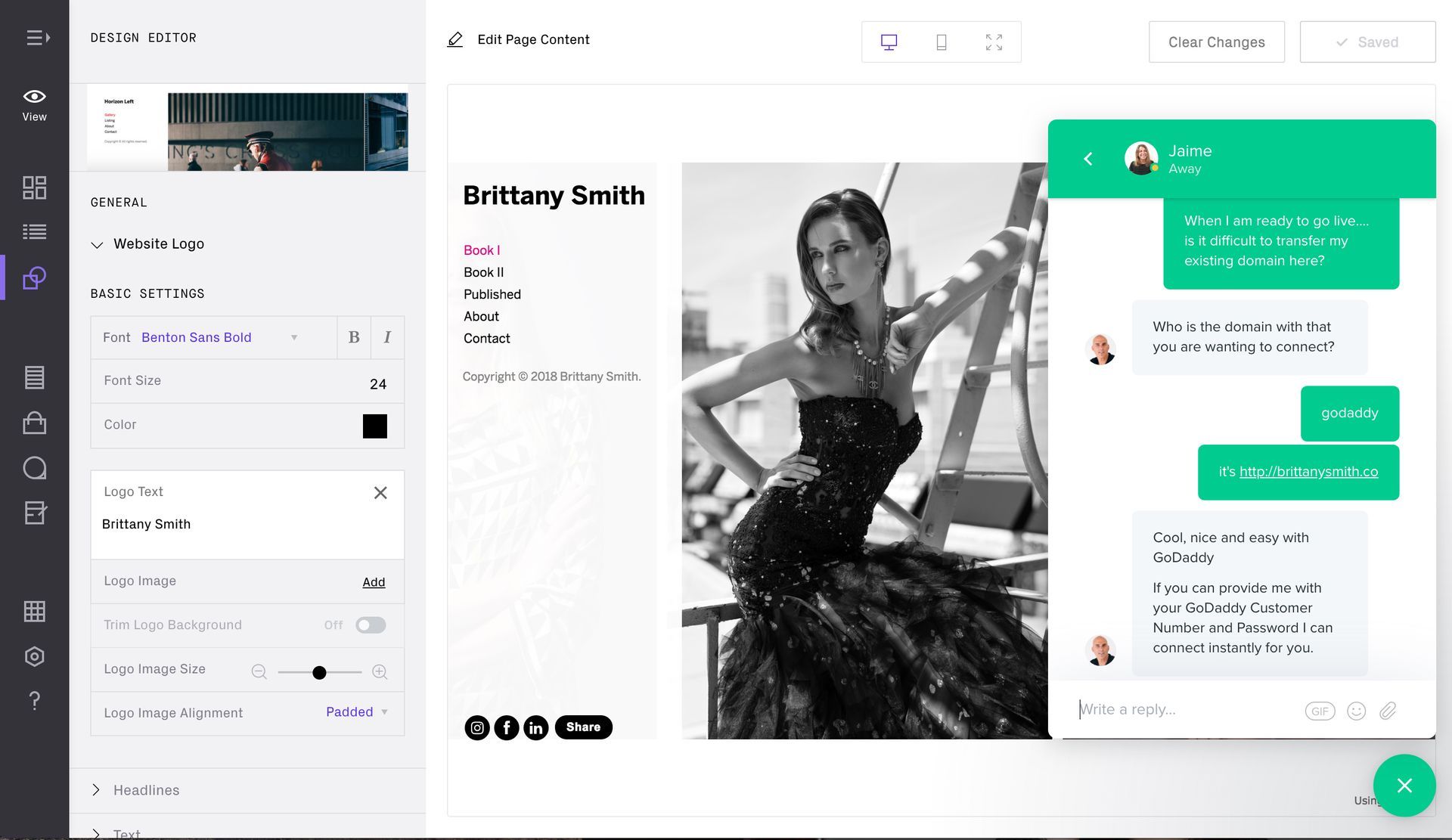8 Minute Read
Web Design Case Studies
Real-World Examples
Web design case studies offer a detailed analysis of successful web design projects, showcasing the challenges faced, the strategies employed, and the results achieved.
In this article, I'll explore several web design case studies for companies based in the United States, highlighting the unique aspects and outcomes of each project.
These case studies will cover various industries, from e-commerce and tech startups to healthcare and financial services, providing valuable insights for web designers, developers, and business owners alike.

Table of Contents
- E-commerce Redesign: Wayfair
- Startup Success: Airbnb
- Healthcare Portal: WebMD
- Educational Transformation: Khan Academy
- Tech Industry Excellence: Google
- Financial Services Redesign: American Express
- Tech Startup Excellence: Slack
- Retail Revolution: Walmart
- Automotive Industry: Tesla
- Fashion Retail Redesign: Nordstrom

E-commerce Redesign- Wayfair
Overview
- Company: Wayfair
- Industry: E-commerce
- Challenge: Improving user experience, navigation, and site performance
- Key Success Metrics: Increased conversion rates, reduced bounce rates, improved page load times
The Challenge
Wayfair is a prominent e-commerce company in the United States specializing in home goods and furniture. In 2020, they faced several challenges that prompted a complete website redesign. The existing website had usability issues, slow page load times, and a high bounce rate. The challenge was to overhaul the website, enhancing user experience, and ultimately driving more sales.
Strategies and Solutions
- User-Centered Design: Wayfair conducted extensive user research to understand customer preferences, pain points, and expectations. The design team used this data to create a user-centered design that focused on improving navigation and product discovery.
- Performance Optimization: They optimized the website's performance by reducing image sizes, utilizing content delivery networks (CDNs), and implementing lazy loading for images. This significantly improved page load times.
- Mobile Responsiveness: With a growing number of users accessing the site on mobile devices, Wayfair made sure the website was fully responsive. This involved designing a mobile-first experience to ensure a seamless transition between desktop and mobile.
- Clear Call to Action (CTA): They redesigned the product pages with clear and compelling call-to-action, making it easier for users to add items to their cart and proceed to checkout.
- Personalization: Wayfair implemented personalization features, such as product recommendations based on user preferences and previous purchases, enhancing the user's shopping experience.
Results
- Conversion rates increased by 8%, leading to a significant boost in revenue.
- Bounce rates decreased by 12%, indicating improved user engagement.
- Page load times were reduced by 30%, resulting in better overall site performance.
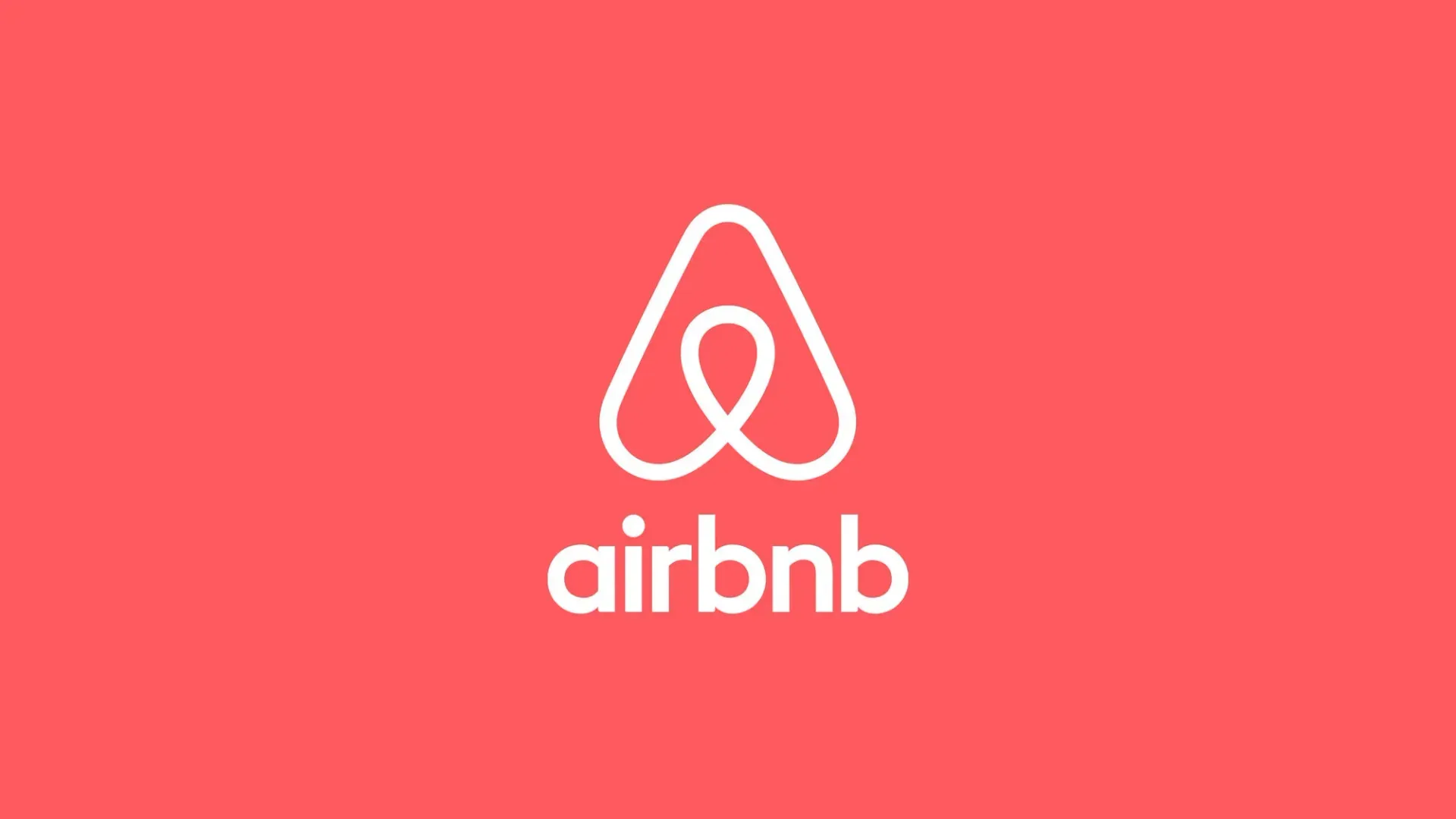
Startup Success- Airbnb
Overview
- Company: Airbnb
- Industry: Travel and Accommodation
- Challenge: Creating a user-friendly platform for hosts and guests
- Key Success Metrics: Increased listings, user satisfaction, and bookings
The Challenge
Airbnb is a well-known startup based in the United States that disrupted the travel and accommodation industry. In the early stages, Airbnb faced the challenge of creating a user-friendly platform that could attract hosts to list their properties and provide a seamless experience for guests looking to book accommodations.
Strategies and Solutions
- User-Generated Content: Airbnb focused on user-generated content, allowing hosts to create detailed listings with photos and descriptions. This not only empowered hosts but also provided valuable information for potential guests.
- Trust and Safety: To address concerns about safety, Airbnb implemented a robust identity verification system, reviews and ratings, and secure payment processing, ensuring a level of trust on the platform which in turn increased branding recognition.
- Responsive Design: Airbnb invested heavily in responsive web design to provide a consistent and intuitive experience on desktop and mobile devices. This approach enabled users to browse and book accommodations from any device.
- Local Insights: They introduced a feature that provided local insights, tips, and recommendations from hosts to enhance the guest experience.
- Continuous Iteration: Airbnb continuously gathered user feedback and iterated on its design and functionality, adapting to changing user needs and preferences.
Results
- Airbnb became a global success, with millions of listings and users in various countries.
- The platform has a high level of user satisfaction, with a strong community of hosts and guests.
- Airbnb is a household name and has transformed the travel and accommodation industry.
- The design style of Airbnb has also help to create a new type of web design trend.
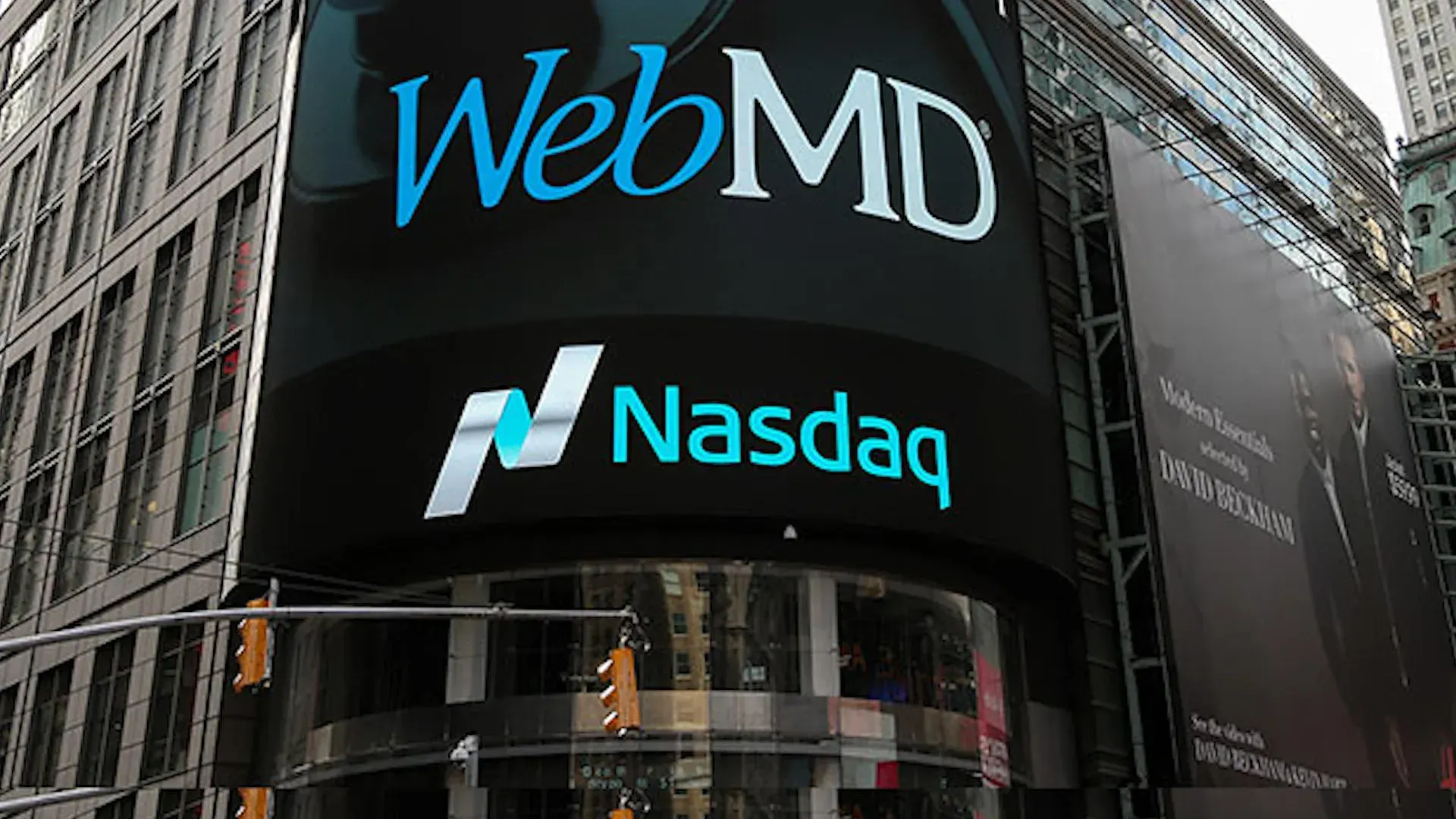
Healthcare Portal- WebMD
Overview
- Company: WebMD
- Industry: Healthcare
- Challenge: Creating a reliable and trustworthy healthcare portal
- Key Success Metrics: Increased user engagement, trust, and information accuracy
The Challenge
WebMD is a popular healthcare information portal in the United States, offering a wide range of medical content. The challenge was to design a website that could be trusted as a reliable source of medical information and engage users in their health and wellness journey.
Strategies and Solutions
- Expert Content: WebMD invested in a team of medical experts and writers to create accurate, evidence-based content. They made sure to provide clear citations and references for all medical information while using a clean typography.
- Interactive Tools: To engage users, WebMD developed interactive tools, such as symptom checkers, BMI calculators, and medication trackers, to empower users to take control of their health.
- User-Friendly Layout: A user-friendly layout design was implemented with intuitive and effective navigation menus, making it easy for visitors to find the information they were looking for.
- Community and Forums: WebMD incorporated community features, such as forums and discussion boards, to encourage users to connect, share experiences, and seek advice from others.
- Mobile Accessibility: Recognizing that people often search for health information on their mobile devices, WebMD ensured that the website was mobile-responsive and provided a seamless experience across devices.
Results
- WebMD is a trusted source of medical information for millions of users.
- The website sees high levels of user engagement, with users regularly accessing the site for health-related queries and information.
- WebMD has maintained its reputation for providing accurate and reliable medical content.

Educational Transformation- Khan Academy
Overview
- Organization: Khan Academy
- Industry: Education
- Challenge: Providing free, accessible, and high-quality educational content
- Key Success Metrics: Increased user engagement, reach, and educational impact
The Challenge
Khan Academy, a non-profit educational organization, aimed to make high-quality education accessible to anyone, anywhere. They needed to create a website that not only provided free educational content but also engaged users effectively.
Strategies and Solutions
- Vast Content Library: Khan Academy created a vast library of educational content, covering various subjects and grade levels, making it a one-stop destination for learners of all ages.
- Adaptive Learning: They integrated adaptive learning features, where the website could assess a learner's proficiency and recommend appropriate content to match their skill level.
- Progress Tracking: Khan Academy introduced tools for users to track their progress, complete exercises, and earn badges and certificates, providing motivation for continued learning.
- Community Interaction: They fostered a sense of community by incorporating forums, discussion boards, and the ability for users to ask questions and help each other.
- Mobile Accessibility: Recognizing the importance of mobile access, Khan Academy ensured that their website was fully responsive, allowing users to learn on any device.
Results
- Khan Academy's website has reached millions of learners worldwide, making a significant impact on education accessibility.
- The organization's adaptive learning approach has led to higher engagement and improved learning outcomes.
- Khan Academy's online community has become a valuable resource for learners, facilitating peer-to-peer support and collaboration.
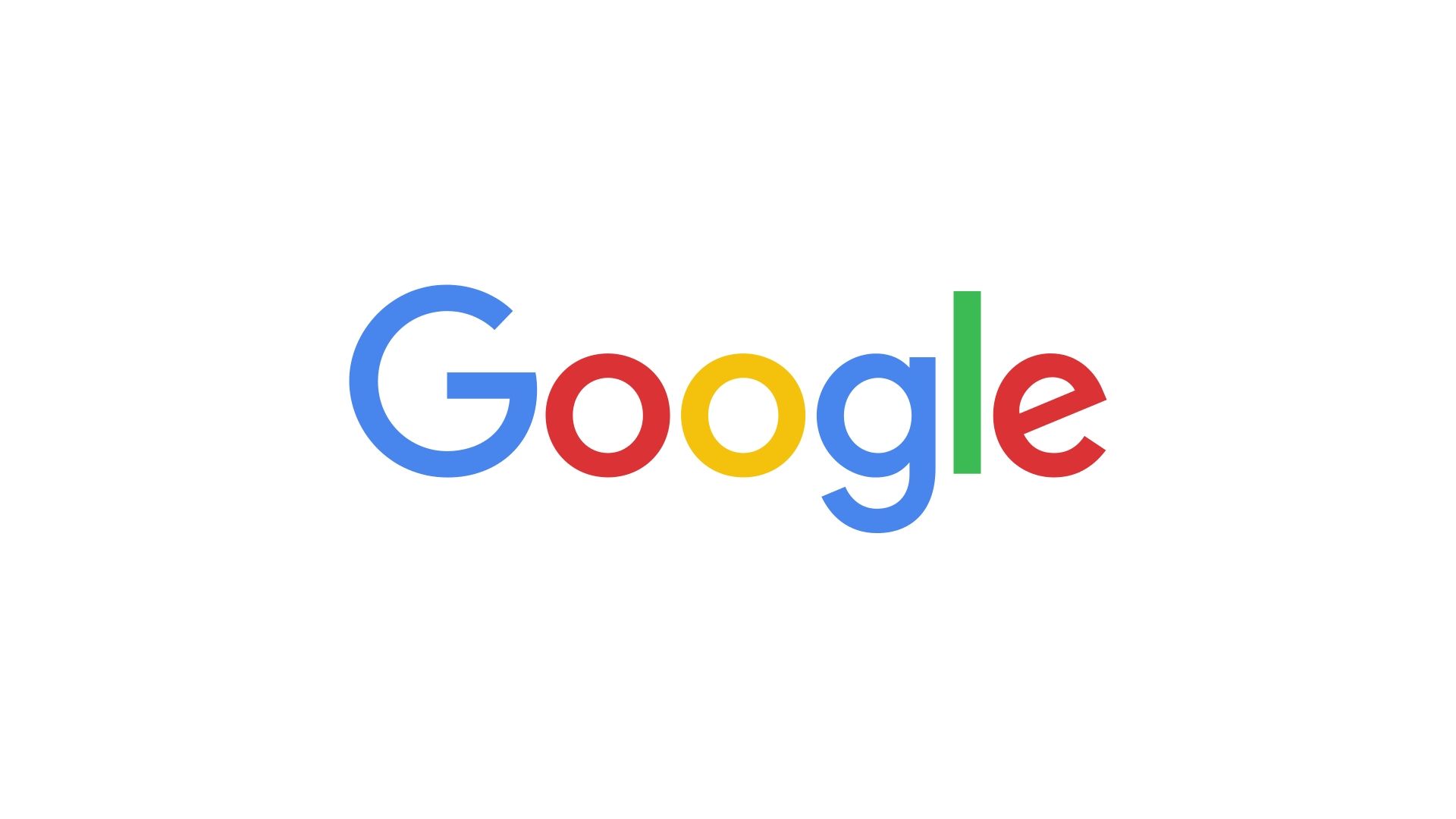
Tech Industry Excellence- Google
Overview
- Company: Google
- Industry: Technology
- Challenge: Improving search engine user experience and expanding services
- Key Success Metrics: Increased search engine market share, user satisfaction, and service offerings
The Challenge
Google, a tech giant based in the United States, has consistently faced the challenge of improving its core product, the search engine, while also expanding into new services and products. This case study focuses on their core search engine.
Strategies and Solutions
- User-Centered Design: Google's design philosophy has always been user-centered. They have continually improved the search engine's user interface, making it clean, simple, and efficient.
- Algorithm Innovation: Google invests heavily in search algorithms to provide more relevant search results and a better user experience. This involves understanding user intent, content quality, and mobile-friendliness.
- Localization: Google offers localized versions of its search engine in numerous languages and regions, ensuring that users worldwide have access to information in their preferred language.
- Voice Search: As voice search became more popular, Google developed voice search capabilities, enabling users to search by voice commands.
- Instant Answers: Google introduced instant answers and featured snippets, providing users with quick and direct responses to common queries.
Results
- Google maintains its dominant position as the leading search engine globally, with a market share of over 90%.
- The company's commitment to user experience and innovation has led to high user satisfaction.
- Google has successfully expanded its services beyond search into areas such as cloud computing, mobile operating systems, and artificial intelligence.

Financial Services Redesign- American Express
Overview
- Company: American Express
- Industry: Financial Services
- Challenge: Enhancing online banking and credit card management experience
- Key Success Metrics: Improved user engagement, increased online transactions, and customer satisfaction
The Challenge
American Express is a major player in the financial services industry. They faced the challenge of modernizing their online banking and credit card management platform to offer a seamless and user-friendly experience to their customers. The existing platform had become outdated and required a significant redesign.
Strategies and Solutions
- User-Friendly Interface: American Express focused on creating a user-friendly interface, making it easy for customers to manage their accounts, track expenses, and perform online transactions.
- Mobile App Integration: Recognizing the shift towards mobile banking, they integrated their website with a mobile app, allowing customers to access their accounts on the go.
- Personalized Dashboard: After conducting A/B testing research, they introduced a personalized dashboard that displayed essential account information, transaction history, and spending patterns to provide users with actionable insights.
- Enhanced Security: American Express implemented advanced security features, including multi-factor authentication and real-time transaction monitoring, to ensure customer data remained secure.
- Customer Support Integration: They integrated customer support features, such as live chat and a comprehensive knowledge base, to assist customers with their inquiries and issues.
Results
- American Express witnessed an increase in online transactions, with more customers using their online platform for payments and account management.
- User engagement improved significantly, with customers spending more time on the website and mobile app.
- Customer satisfaction ratings rose as a result of the improved user experience and security measures.
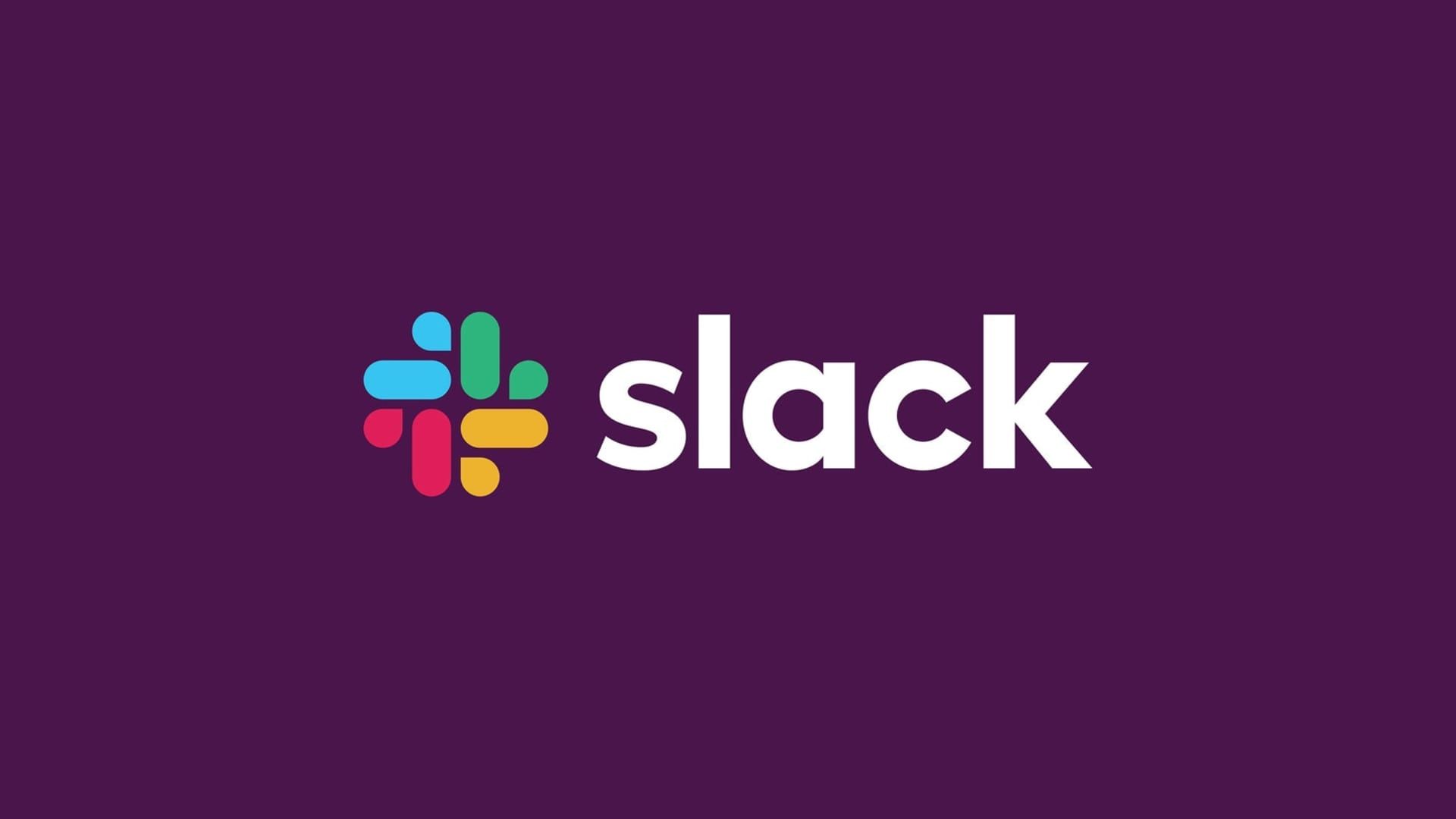
Tech Startup Excellence- Slack
Overview
- Company: Slack
- Industry: Technology
- Challenge: Creating a collaborative and user-friendly messaging platform
- Key Success Metrics: Increased user adoption, team collaboration, and business growth
The Challenge
Slack is a popular communication and collaboration platform for businesses. In its early stages, it faced the challenge of designing a user-friendly and efficient messaging platform that could facilitate seamless team communication and productivity.
Strategies and Solutions
- Simplified Messaging: Slack introduced a user-friendly chat interface with features like channels, direct messaging, and integrations to simplify team communication.
- Third-Party Integrations: They allowed seamless integration with a wide range of third-party apps, enabling teams to work efficiently and access all their tools within Slack.
- Mobile Accessibility: Recognizing the importance of real-time communication on mobile devices, Slack developed a robust mobile app to ensure users could stay connected on the go.
- Customization and Personalization: Slack provided customization options for users to personalize their workspace, choose notification preferences, and integrate apps that best suit their workflow.
- Community and Support: They built a strong community and provided comprehensive support resources, including a help center and user forums.
Results
- Slack has become a go-to communication platform for businesses, with millions of users and numerous organizations adopting it for team collaboration.
- The platform's ease of use and third-party integrations have enhanced business productivity and efficiency.
- Slack's success has led to business growth, making it a prominent tech startup.
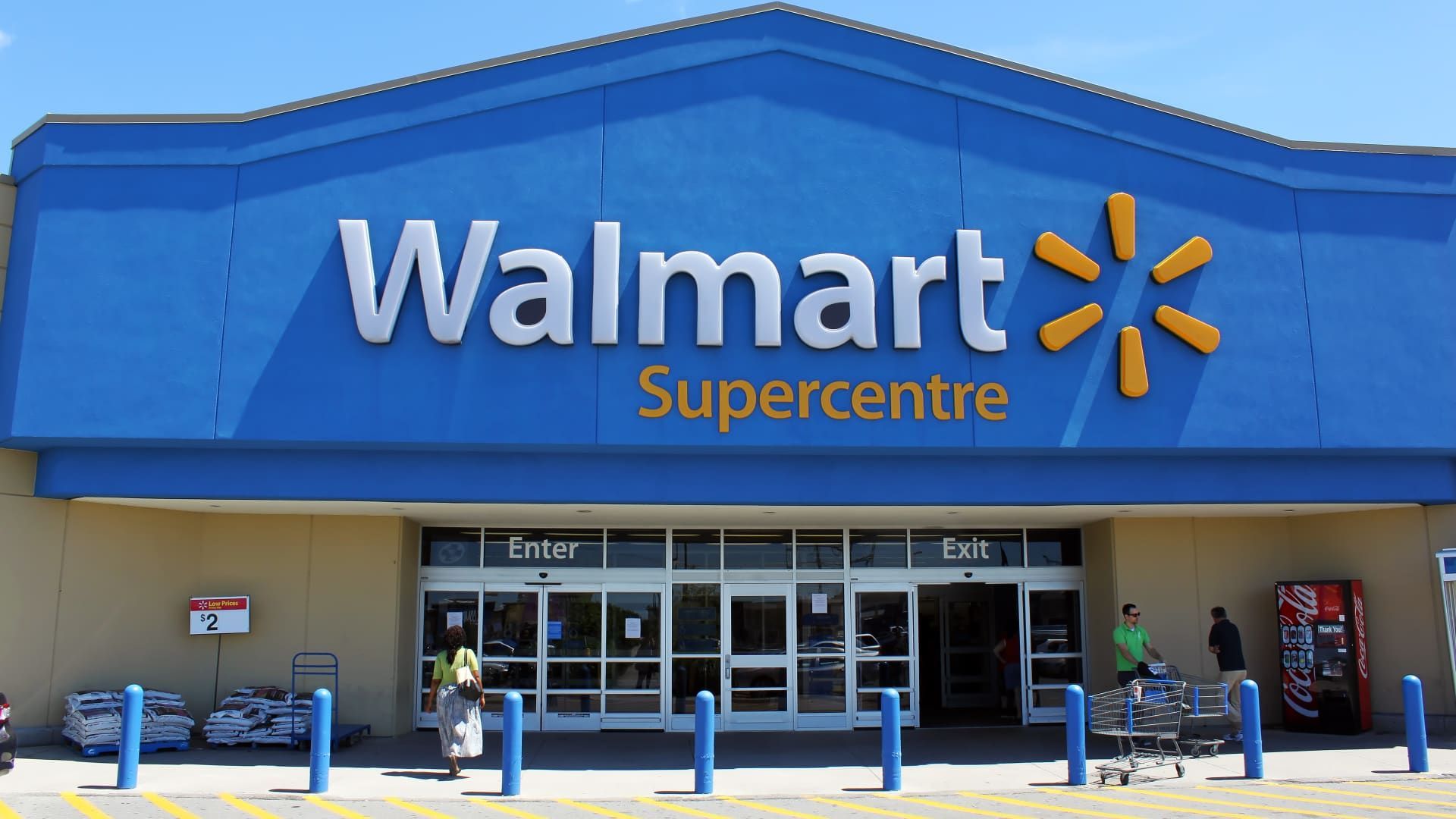
Retail Revolution- Walmart
Overview
- Company: Walmart
- Industry: Retail
- Challenge: Expanding e-commerce and enhancing the online shopping experience
- Key Success Metrics: Increased online sales, customer satisfaction, and mobile accessibility
The Challenge
Walmart, one of the largest retailers in the world, faced the challenge of expanding its e-commerce presence and providing a seamless online shopping experience for customers while also providing a stronger visual hierarchy. The company needed to compete effectively in the online retail space.
Strategies and Solutions
- E-commerce Expansion: Walmart invested in expanding its e-commerce infrastructure, including online product listings, inventory management, and shipping logistics.
- Mobile-First Approach: Recognizing the growing importance of mobile shopping, they adopted a mobile-first approach to ensure a smooth shopping experience on smartphones and tablets.
- Personalized Shopping: Walmart introduced personalized shopping recommendations, based on user browsing and purchase history, to encourage customers to discover new products.
- Online Grocery Shopping: They facilitated online grocery shopping with features like curbside pickup and home delivery to meet the evolving needs of customers.
- Customer Service: Walmart improved customer service with features like live chat support and an easily accessible customer support hotline.
Results
- Walmart's e-commerce platform has experienced significant growth, with increased online sales and a broader customer base.
- The company's mobile-first approach has contributed to high mobile accessibility and a seamless shopping experience on smartphones and tablets.
- Walmart remains a retail giant, successfully competing in the online retail space.

Automotive Industry- Tesla
Overview
- Company: Tesla
- Industry: Automotive
- Challenge: Designing a user-friendly electric vehicle configurator
- Key Success Metrics: Increased customer engagement, conversion rates, and lead generation
The Challenge
Tesla, a leading electric vehicle manufacturer, faced the challenge of creating a user-friendly online configurator for their electric cars. The configurator needed to provide a seamless and informative experience for potential customers, allowing them to customize and order their vehicles online.
Strategies and Solutions
- Intuitive Configuration: Using aspects of web design psychology, Tesla designed a highly intuitive configurator that guided users through various options, such as model selection, color choices, and features, using a step-by-step process.
- Real-time Pricing Updates: The configurator provided real-time price updates as users made selections, allowing them to see the cost implications of their choices immediately.
- Visual Customization: Users could see a visual representation of their custom vehicle, complete with 3D models, interactive panoramas, and interior views.
- Educational Content: Tesla included educational content about electric vehicle benefits and features, ensuring users were well-informed during the configuration process.
- Lead Generation Forms: The configurator seamlessly transitioned users to lead generation forms, enabling potential customers to submit their configured vehicles for further information or purchase.
Results
- Tesla's configurator significantly improved customer engagement and conversion rates, with many users completing the configuration process.
- The real-time pricing updates gave users confidence in their choices and pricing transparency.
- The configurator served as an effective lead generation tool, helping Tesla capture potential buyers' information.

Fashion Retail Redesign- Nordstrom
Overview
- Company: Nordstrom
- Industry: Fashion Retail
- Challenge: Updating the e-commerce website for modern shoppers
- Key Success Metrics: Increased online sales, improved user experience, and mobile accessibility
The Challenge
Nordstrom, a well-established fashion retailer, faced the challenge of updating their e-commerce website to meet the evolving needs and expectations of modern online shoppers. This involved creating a more engaging and user-friendly online shopping experience.
Strategies and Solutions
- Modern Design Aesthetics: Nordstrom adopted modern design elements and color tones, including a clean and elegant layout, high-quality product images and graphics, and a focus on user experience.
- Mobile Optimization: They ensured the website was fully optimized for mobile devices, with responsive design and a user-friendly mobile app for seamless shopping on smartphones and tablets.
- Personalization and Recommendations: Nordstrom implemented personalized shopping recommendations based on user browsing and purchase history, helping customers discover new products.
- Product Search and Filtering: The website featured advanced product search and filtering options, allowing customers to quickly find products by category, size, brand, and price.
- User Reviews and Ratings: Nordstrom incorporated user reviews and ratings, providing valuable social proof and assisting customers in making informed decisions.
Results
- Nordstrom's website redesign led to increased online sales and customer engagement, with customers spending more time on the site and making more purchases.
- The mobile optimization efforts significantly improved the user experience for mobile shoppers.
- Personalized shopping recommendations enhanced product discovery and customer satisfaction.



